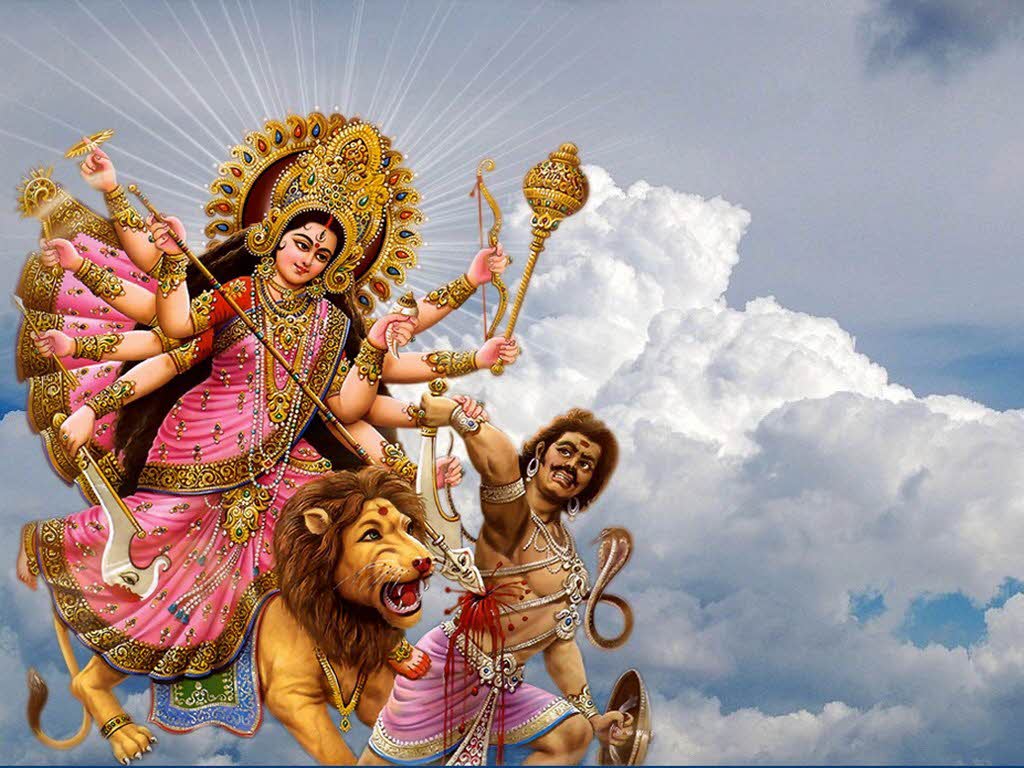Across India, autumn brings two closely related but culturally distinct celebrations: Navratri, a nine-night festival of the divine feminine, and Durga Puja, a grand public worship of Goddess Durga. Though they share foundational stories and symbolism, their rituals, regional expressions, and communal energies diverge in fascinating ways.
A Tale of Two Tales
At a glance, Navratri and Durga Puja appear to be the same story retold — the worship of the goddess Durga over nine nights. But their manifestations differ significantly. Navratri (literally “nine nights”) is observed in many parts of India, emphasizing fasting, dance, and spiritual rejuvenation. Durga Puja, prominently celebrated in West Bengal, Assam, Tripura, Bangladesh, and the Bengali diaspora, transforms public spaces into theaters of devotion, artistry, and social festivities.
Where Navratri’s focus may lie in individual austerity and personal reflection, Durga Puja centers on collective ritual theater — elaborate pandals (temporary structures), processions, and grand immersion ceremonies.
Rituals: From Private to Public
During Navratri, many households observe rituals such as garba and dandiya dances (especially in Gujarat), special prayers, and fasting. The celebrations are intimate and home-centered, though community gatherings are not uncommon.
In contrast, Durga Puja unfurls on the public stage. Elaborate clay idols of Goddess Durga, crafted months in advance, dominate cityscapes. Each evening, aarti (prayers with light) draw crowds, cultural performances entertain, and at the festival’s conclusion, the idols are carried to water bodies for immersion, amidst tearful devotees.
Moreover, while Navratri observances often remain within homes or local temples, Durga Puja typically involves neighborhood committees, large-scale logistics, sponsorship, and grand artistic competitions.
Regional Variations and Symbolic Layers
The diversity is striking. In North India, Navratri often culminates in Vijayadashami (Dussehra) — the day when effigies of Ravana are burned, symbolizing the triumph of good over evil. In Bengal and Assam, that same day marks the immersion of the goddess image and the final farewell.
While both festivals venerate the goddess, local flavors infuse them differently. Bengali Durga Puja emphasizes aesthetics — the sculptural beauty of idols, the artistry of pandals, the poetry of themes. Navratri, in many places, leans toward dynamic movement — dance, collective energy, and spiritual purification through repetition.
Why Distinctions Matter
For many, distinguishing between Navratri and Durga Puja is more than semantics — it acknowledges regional identity, cultural memory, and historical evolution. What began as shared mythological worship evolved into distinct practices shaped by colonial histories, local traditions, and social structures.
In an age where mass media often homogenizes religious observance, preserving these nuances helps maintain cultural heritage and depth. Recognizing the differences does not divide — it enriches understanding.


